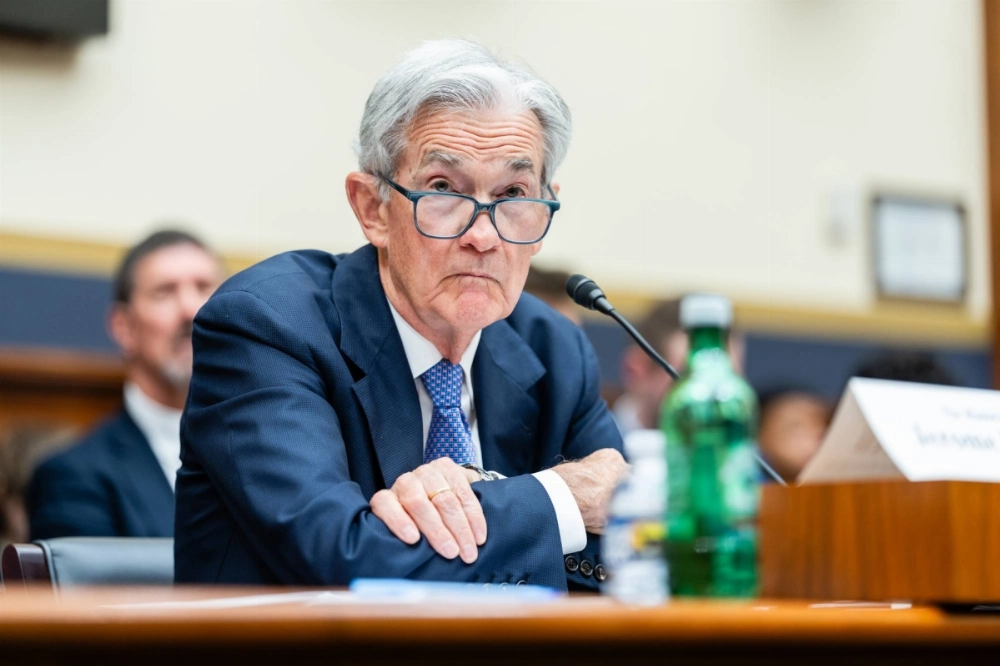The global economy’s concussion from five months of Donald Trump’s presidency is likely to feature when five of the world’s leading central bank chiefs discuss monetary policy in public on Tuesday.
From tariff-related trade ructions to oil-price gyrations caused by Middle East hostilities, the question of how to handle the fallout from White House decisions may loom large as Federal Reserve chief Jerome Powell speaks on a panel with peers from the euro zone, Japan, South Korea and the U.K.
The high-powered gathering at the European Central Bank’s annual retreat in Portugal will be the first time that its president, Christine Lagarde, has shared a stage for a public discussion with her U.S. counterpart since the same event in 2024.


















With your current subscription plan you can comment on stories. However, before writing your first comment, please create a display name in the Profile section of your subscriber account page.